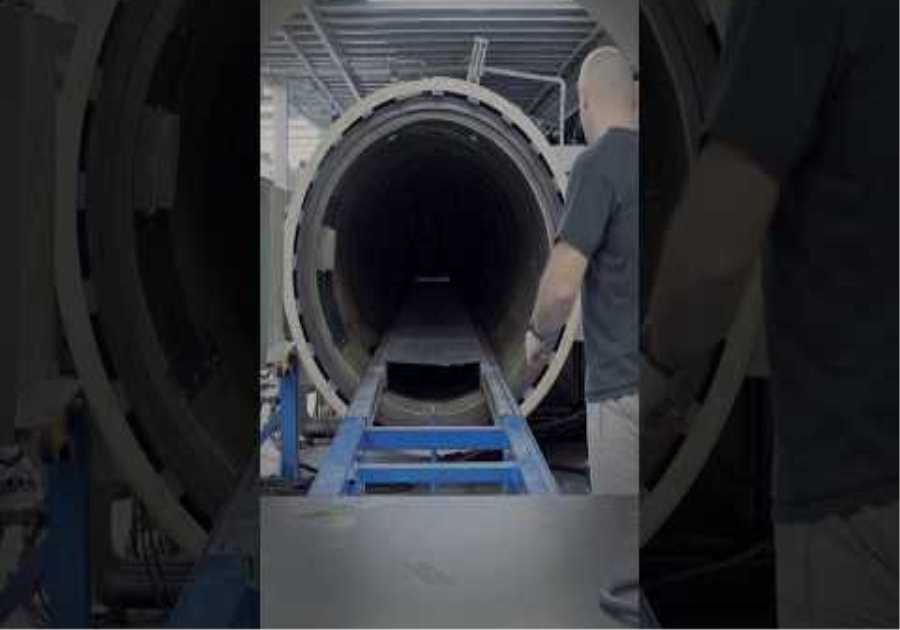
After three unmistakable series and a lengthy production run of 25 years, the Lotus Elise will finally wave goodbye to us this year. The Elise was named after ex lotus and Bugatti chairman, Romano Artioli’s granddaughter, and it is questionable whether the Elise was responsible for the survival of the British sports car manufacturer.
Over its lengthy 25-year spell, the Elise has certainly inspired plenty of manufactures with ideas for a variation of cars, including the 340R and the original Tesla Roadster. As well as this, what makes the Lotus Elise’s history exciting and radiant was the almighty GT1 competition car which was raced in the 1997 season by four different teams with three different yet prominent engines being made for this specific car in just one year!
How Was The GT1 Born?

As an attempt to exhilarate customers after a decreased production of GT racing cars that were roadworthy, the GT1 was released. Initially, they were raced in the BPR Global GT series, this championship quickly gained the manufacturer’s attention and by 1997 was changed to the FIA GT championship. Modified production cars were used in the first few seasons including the Ferrari F40, McLaren F1, Porsche 911, and Lotus Esprit. Soon, the opportunity arose for manufacturers to build a brand-new racing car and produce only one road legal example. This opportunity arose after the requirements to qualify for GT1 changed from 25 road-legal cars to just one.
How Did The Lotus GT1 Come Onto The Scene?

Following the Lotus Esprit GT1, the Elise was next in line, and basing the next GT1 car on this vehicle did not seem like the most obvious idea. Unfortunately, Lotus’ small four-cylinder engine was unable, well close too unable to compete with the likes of the twin-turbo flat-six engines of the Porsche or the naturally aspirated V12 engines of the McLaren F1.
This meant that Lotus had a free pass to create an incredible engine. Obtained from the Espirit road car, the engine that propelled the GT1 in the 1996 season, the twin-turbo V8 was the British manufacturer’s choice. Despite the fact that this engine would still struggle to compete with the big boys, the Lotus had a sophisticated aluminum chassis constructed from anodized aluminum, creating a strong yet lightweight chassis, perfect for racing! You can thank the solidified subframe of the Lotus Elise for all its successes, it was the spine of the Elise and was used for 25 years in all versions of the Elise.
It appears the GT1 was made for racing, with rigid carbon-ceramic brakes fitted on all four wheels, a tubular steel roll-over, again adding to the strong chassis. Not only this, but the suspension was also modified solely for racing purposes, all rubber was removed to create solid mountings, the suspension incorporated lower wishbones with top rockers that stimulated the Penske coil springs and dampers. Able to produce over 550 hp, the four-valve per cylinder aluminum engine was equipped with a pair of turbos, Lotus’ racing engine management system, and fuel injectors. The Elise was capable of 0 to 60 mph in a rapid 4 seconds, although this statistic could not match the performance of the other cars within its field. The GT1’s body is identical to what it looked like, a lower, wider, and longer version of the Elise. Most noticeable in the gap between the trailing edge of the front fender and the door. Aerodynamic aids included a full-width front splitter, rear diffuser and large wings mounted on the rear. Instead of fiberglass, the body of the race car was made from a lighter and more importantly stronger carbon fiber composite.
Quick Off The Mark, But Not Quite Quick Enough…

The all-aluminum unit had four valves per cylinder and displaced just over 3.5 liters. It was fitted with a pair of turbos, fuel injection, and Lotus Racing’s proprietary engine management system. Fitted with the mandatory intake restrictors, the competition version of the Type 918 produced well over 550 hp. The Elise was capable of 0 to 60 mph in a rapid 4 seconds, although this statistic could not match the performance of the other cars within its field. The GT1 body was exactly what it looked like, a lower, wider and longer version of the Elise. Just how much wider it was, what was most evident in the gap between the trailing edge of the front fenders and the doors. Among the aerodynamic aids were a full-width front splitter, a rear diffuser, and big wing mounted on the rear deck. Instead of fiberglass, the competition car bodywork was made of lighter and more importantly stronger carbon-fiber composites. The front and rear of the body were single-piece “clam-shells” for easy access.
After six months of development, the Elise GT1 was officially unveiled at Ketteringham Hall on 21 November 1996. Unfortunately, the Elise GT1 became collateral damage in a political game between the big manufacturers. Companies such as McLaren, BMW, and Mercedes-Benz pushed for smaller engine size limits, which were eventually approved. Since this new rule was implemented relatively late in the season, it meant that the Lotus Elise GT1 entered the 1997 season with an untried engine. The first race of the 1997 season was an absolute disaster, as the cars lost speed and didn’t finish as all four cars succumbed to alternator failures. In qualifying, the fastest of the four Elises was more than four seconds behind the Mercedes-Benz and nearly two seconds behind the fastest 911 GT1. The aerodynamics and chassis were later modified, and although the Elise never came out on top, it was able to achieve better results. Lotus Racing built seven Elise GT1 race cars and one road car. Whether this car could have become a true contender if enough funds were allocated for its development will never be known.
900-HP Lotus Eletre Will Smash The Electric SUV Scene
readnext
About The Author
Thomas Morgan
(47 Articles Published)
Tom is currently working as a radio presenter, film producer and also a writer. He is a true Mancunian, with a big passion for the media industry, he feels privileged to be in so many different sectors of the industry.
More From Thomas Morgan
Did you miss our previous article...
https://formulaone.news/mclaren/watch-f1-hopeful-narrowly-escapes-death-during-indy-test-session






